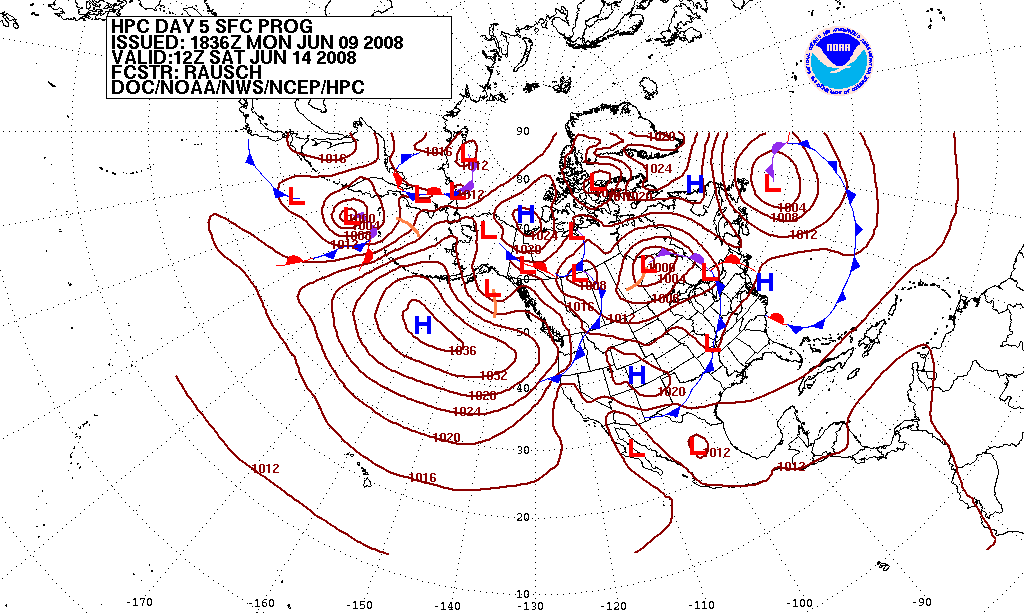Learn how to operate a plane
- Understanding Aerodynamics
- Basic Instrument Understanding
- Operating Protocols
- Takeoff Procedures
- Cruising & Instrument Navigation
- Effect of Weather on Flight
- Air Traffic Control Communication
- Emergency Situations
- Night and High-Altitude Operations
- Revisiting Essential Concepts
Flight Planning
Understanding Weather Conditions in Flight Planning

Application of science and technology to predict the conditions of the atmosphere for a given location and time.
Weather plays a crucial role in aviation. It can affect flight safety, fuel consumption, and overall flight experience. Therefore, understanding weather conditions is an essential part of flight planning. This unit will cover the basics of meteorology, how to interpret weather charts, reports, and forecasts, the impact of weather on flight performance, and weather-related flight risks.
Introduction to Meteorology
Meteorology is the scientific study of the atmosphere and its phenomena, including weather. In aviation, meteorology involves the application of weather information to make safe and efficient flight plans. Pilots need to understand basic meteorological concepts such as air pressure, temperature, humidity, wind, and precipitation.
Understanding Weather Charts, Reports, and Forecasts
Weather charts provide a visual representation of current or predicted weather conditions over a large area. They can show information about cloud cover, precipitation, wind speed and direction, temperature, and more.
Weather reports, such as METARs and TAFs, provide detailed information about the current or forecasted weather at specific airports. They include data on temperature, dew point, wind speed and direction, visibility, cloud cover, and other significant weather phenomena.
Weather forecasts predict future weather conditions based on current data and trends. They can range from short-term forecasts for the next few hours to long-term forecasts for several days.
The Impact of Weather on Flight Performance
Weather conditions can significantly impact an aircraft's performance. For example, high temperatures can decrease engine performance and increase the length of runway needed for takeoff. Strong winds can make it difficult to control the aircraft, especially during takeoff and landing. Precipitation, such as rain or snow, can reduce visibility and make the runway slippery. Understanding these impacts is crucial for safe and efficient flight planning.
Weather-Related Flight Risks and How to Mitigate Them
Various weather phenomena pose risks to flight safety. These include thunderstorms, turbulence, icing, fog, and wind shear. Pilots need to understand these risks and how to mitigate them. For example, they should avoid flying into thunderstorms, use onboard weather radar to detect and avoid areas of turbulence, and understand how to use aircraft de-icing systems.
In conclusion, understanding weather conditions is a vital part of flight planning. It involves understanding basic meteorological concepts, interpreting weather charts, reports, and forecasts, understanding the impact of weather on flight performance, and knowing how to mitigate weather-related flight risks.